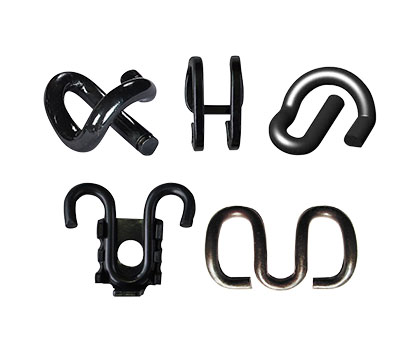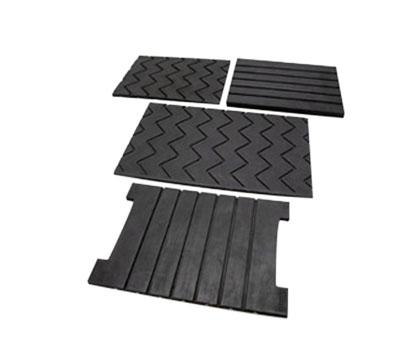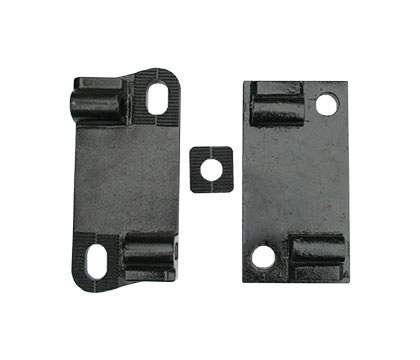A railway turnout is a set of railway tracks that allows a train to change direction from one track to another. A turnout consists of three main components: the rail frog, the rail switch, and the guard rails. The frog is the V-shaped section that the wheels pass through, while the switch is the mechanism that moves the rails to allow the train to diverge from one track to another. The guard rails are the rails that help guide the train wheels and prevent derailments.
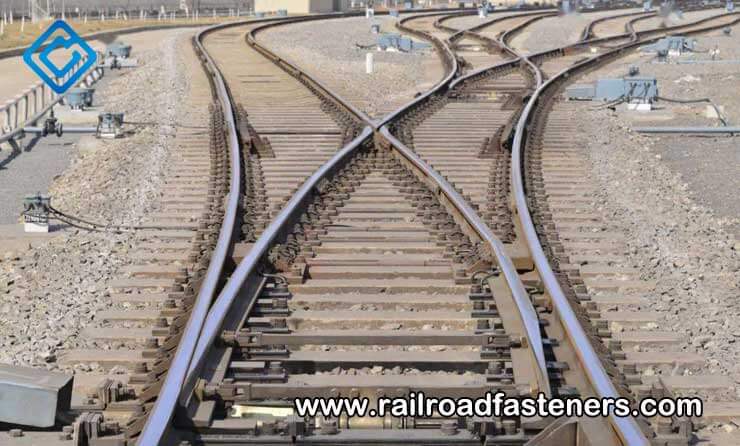
Right-hand turnout in railway and left-hand turnout in railway are named based on the direction of the diverging track. In a right-hand turnout, the train diverges to the right, while in a left-hand turnout, the train diverges to the left.
The direction of the turnout is determined by the switch point, which is the point at which the two tracks diverge. In a right-hand turnout, the switch is located on the right side of the turnout, while in a left-hand turnout, the switch is located on the left side of the turnout.
The direction of a turnout is usually indicated by a letter, with "R" representing a right-hand turnout and "L" representing a left-hand turnout. For example, a turnout with an "R" designation means that it is a right-hand turnout in railway, while a turnout with an "L" designation means that it is a left-hand turnout in railway.
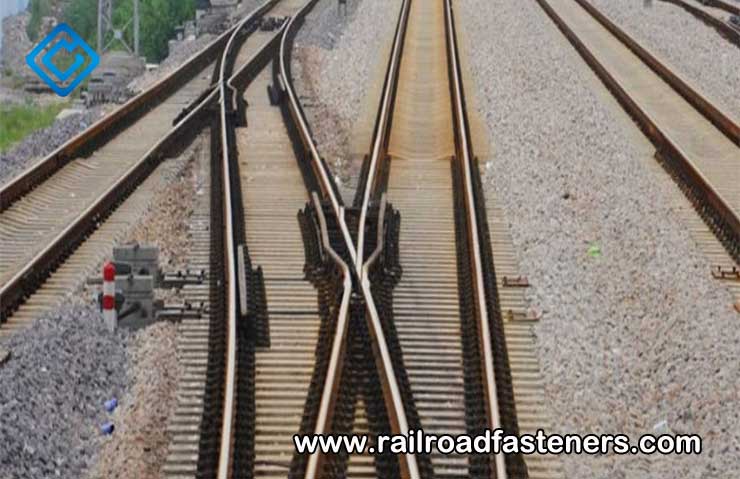
The direction of the turnout is important because it determines the way the train will turn. A right-hand turnout will cause the train to turn to the right, while a left-hand turnout will cause the train to turn to the left.
In addition to their directional differences, right-hand and left-hand turnouts can also vary in terms of their angle, length, and other specifications. These differences are important considerations when designing and building railway tracks.
One important factor to consider is the angle of the turnout. The angle of the turnout is the angle between the diverging track and the main track. A sharper angle will cause the train to turn more sharply, while a gentler angle will allow the train to turn more gradually. The angle of the turnout is usually expressed as a number in degrees, with smaller angles indicating gentler curves and larger angles indicating sharper curves.
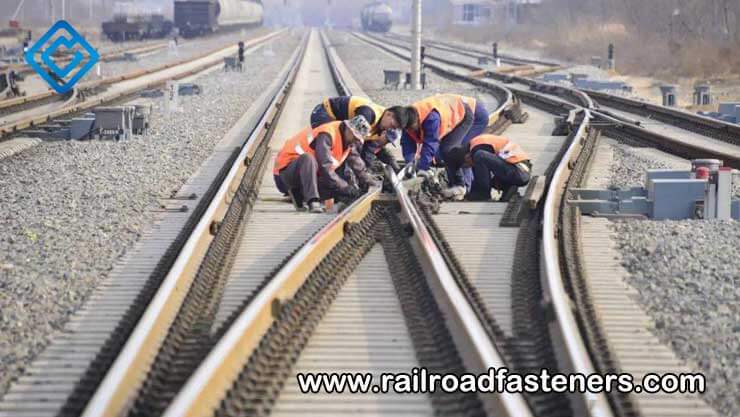
Another factor to consider is the length of the turnout. The length of the turnout is the distance between the switch and the frog. A longer turnout will allow the train to make a smoother transition from one track to another, while a shorter turnout will result in a more abrupt transition. The length of the turnout is also important for ensuring that the train can pass through the turnout without derailing or colliding with other trains.
The type of rail used in the turnout can also vary depending on the intended use and location. In some cases, a heavier rail may be used to accommodate heavier trains or higher speeds. Other factors that can influence the choice of rail include the expected wear and tear, maintenance requirements, and cost.
Proper maintenance is crucial for ensuring the safe and efficient operation of turnouts. This includes regular inspections to detect and repair any damage or wear, as well as proper lubrication of the moving parts. Turnouts can also be equipped with special sensors that detect when a train has passed through and relay this information to a control center, allowing for real-time monitoring and maintenance.

